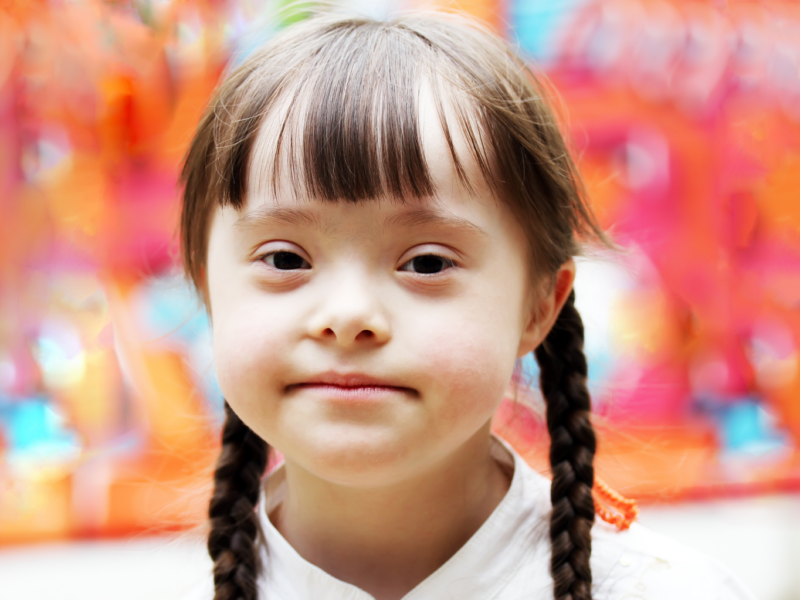The Autism Treatment Network Reflects on a Decade of Work
The Autism Treatment Network Reflects on a Decade of Work https://pediatricsnationwide.org/wp-content/themes/corpus/images/empty/thumbnail.jpg 150 150 Mary Bates, PhD Mary Bates, PhD https://secure.gravatar.com/avatar/c6233ca2b7754ab7c4c820e14eb518c8?s=96&d=mm&r=g- June 10, 2020
- Mary Bates, PhD
Members point to family involvement as key to the network’s success.
The Autism Treatment Network (ATN) started in 2005 as a group of clinical investigators with the goal of improving understanding of the medical aspects of autism spectrum disorders. The network expanded in 2008 to become the Autism Intervention Research Network on Physical Health (AIR-P).
In a recent article in the journal Pediatrics, researchers and clinicians from the joint network describe some of their accomplishments from the previous decade and their ongoing plans for the future.
When the network was formed, there was controversy surrounding whether medical conditions reported by families were truly more frequent in individuals with autism spectrum disorders.
“Autism had been looked at as very much a neurologic or neurodevelopmental disorder,” says Daniel Coury, MD, a member of the Section of Developmental & Behavioral Pediatrics at Nationwide Children’s Hospital and one of the new article’s authors. “The idea that it might affect other parts of the body was not widely accepted.”
A big focus early on was around gastrointestinal conditions. Issues such as constipation were reported by families of children with autism spectrum disorders but were often overlooked and undertreated. The network examined this and verified that children on the autism spectrum do, in fact, experience more gastrointestinal problems than other children.
“By providing evidence that there was indeed a problem, this opened the door to doing more research as to why this might be and how clinicians might be able to provide better treatments for these individuals,” says Dr. Coury.
Much of the work that the network does is guided by input from families. A family advisory committee helps identify topics that are of greatest concern to them. This has led to research and interventions aimed at sleep hygiene and dental health, among others.
“Certainly, one of our strengths has been working collaboratively with families,” says Dr. Coury, who is also professor of Clinical Pediatrics and Psychiatry at The Ohio State University College of Medicine. “It’s all about keeping research relevant and making sure it can be quickly translated to clinical care.”
A focus of the network has been identifying best practices for treating these medical problems and finding ways to help primary care providers learn and use those best practices in their communities. As the network enters its second decade, it is transforming into a learning health network, in which multiple institutions share data and collaborate in testing and implementing new methods of providing interventions. Learning networks can accelerate the testing of new practices and have the potential to more rapidly translate new research findings to clinical care.
Dr. Coury and his colleagues are looking forward to this next phase in the evolution of the network.
“This will accelerate the translation of research to care. When physicians have first-hand experience and evidence that something is working or not working, they change their practice more quickly,” he says.
“We have plenty of work to do, and we are anticipating accelerating care to improve the outcomes for children and adolescents on the autism spectrum.”
Reference:
Coury DL, Murray DS, Fedele A, Hess T, Kelly A, Kuhlthau KA. The Autism Treatment Network: Bringing Best Practices to All Children With Autism. Pediatrics. 2020;145(Suppl 1):S13–S19. doi:10.1542/2019-1895D.
About the author
Mary a freelance science writer and blogger based in Boston. Her favorite topics include biology, psychology, neuroscience, ecology, and animal behavior. She has a BA in Biology-Psychology with a minor in English from Skidmore College in Saratoga Springs, NY, and a PhD from Brown University, where she researched bat echolocation and bullfrog chorusing.
-
Mary Bates, PhDhttps://pediatricsnationwide.org/author/mary-bates-phd/December 27, 2016
-
Mary Bates, PhDhttps://pediatricsnationwide.org/author/mary-bates-phd/
-
Mary Bates, PhDhttps://pediatricsnationwide.org/author/mary-bates-phd/
-
Mary Bates, PhDhttps://pediatricsnationwide.org/author/mary-bates-phd/
- Posted In:
- In Brief






